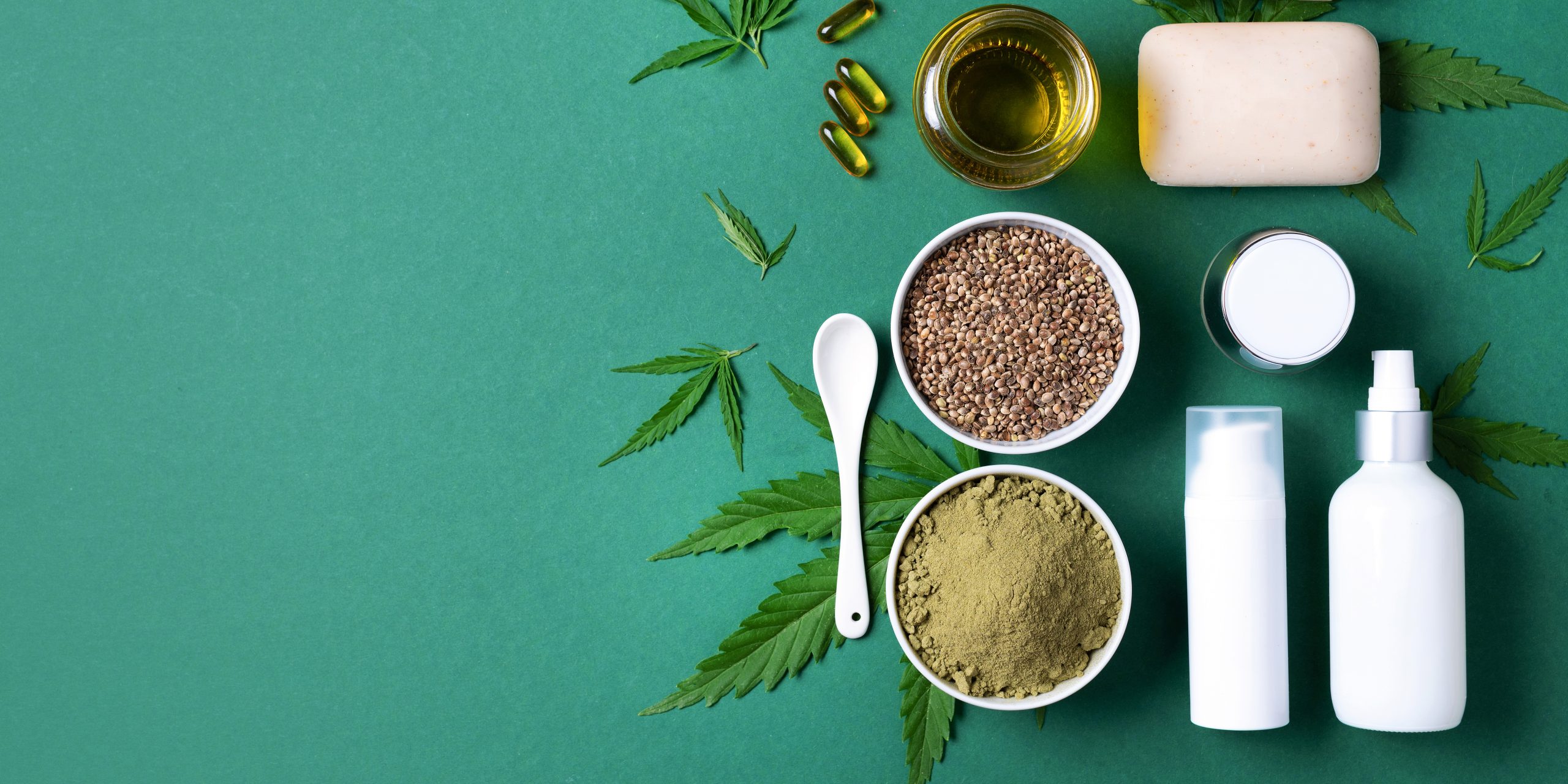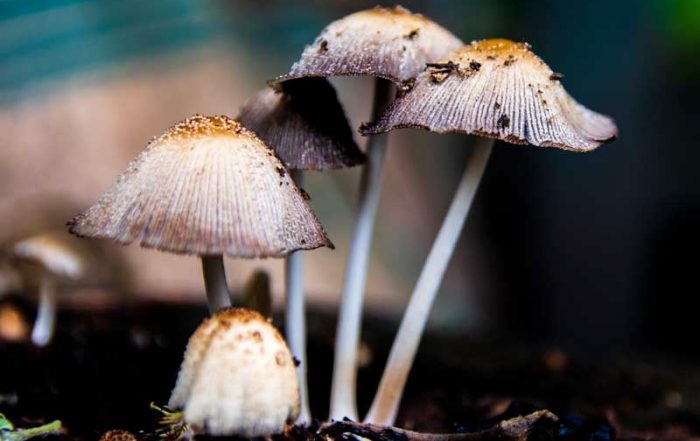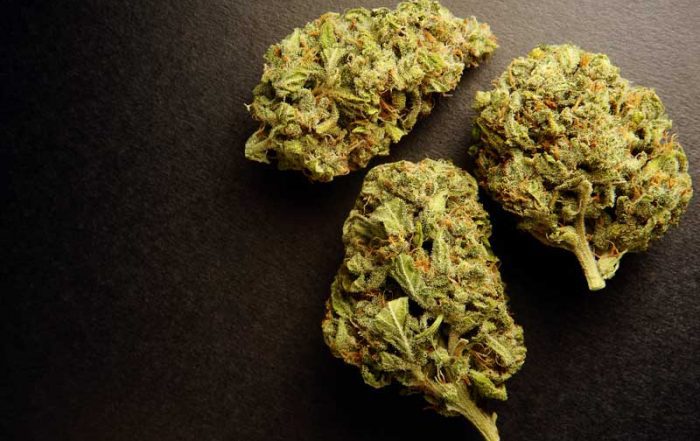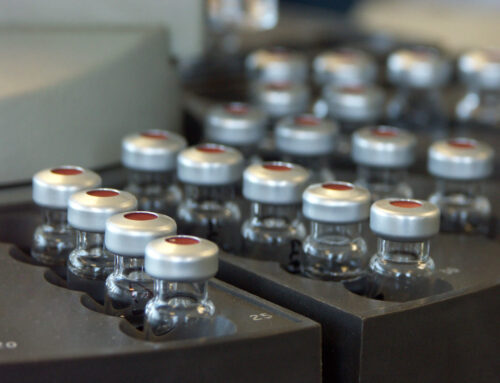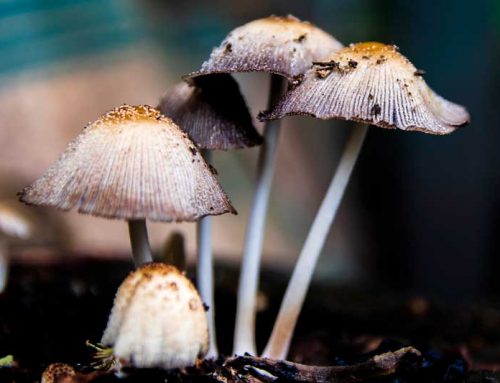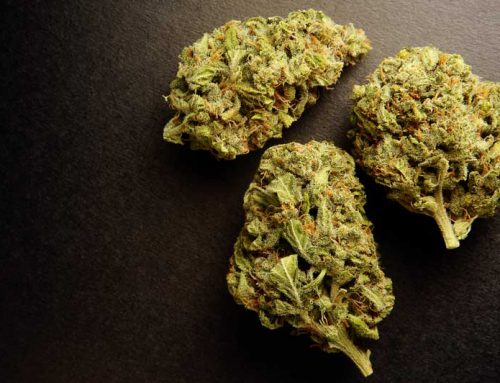Stability testing is essential for establishing “best before” dates for the purpose of communicating the quality and safety of consumable and topical products to consumers.
Testing is common within the food, natural health product (NHP), pharmaceutical, and cosmetic industries; however, Health Canada has yet to apply the same standards to cannabis and cannabis products even though regulations were established for packaging, labelling, and marketing standards at the time of legalization. As product types continue to expand beyond dried flowers to include infused beverages, gummies, chocolates, baked goods and topicals, stability testing will become increasingly necessary, not only to align with testing practices for traditional food, beverage, and cosmetic products but especially more so for cannabis products relied upon for therapeutic or medical reasons.
The International Council for Harmonisation (ICH) defines stability testing as the “Capability of a particular formulation in a specific container to remain within its physical, chemical, microbiological, therapeutic and toxicological specification”. To meet this definition requires assessing factors such as the potential for chemical degradation, loss of potency, and possibility of microbial growth as well as impact from various environmental and lighting conditions, container or packaging materials, and ingredient interactions.
What is being tested?
Testing goes beyond determining the proper dosing of the THC to verify label claims. As product types evolve from simple single ingredient recreational or medicinal-use products to more complex edibles and beverages, the potential for stability issues that could impact quality and safety also increase.
Stability testing can be categorized into two primary buckets, physical and chemical.
Physical Factors
Testing for physical factors aims to assess changes to properties such as flavour, aroma, colour and other organoleptic properties that contribute to a successful consumer experience. The same is true for the robustness of the formulation to ensuring homogeneity and emulsion integrity.
Homogeneity tests are physical evaluations if the formulation appears intact. Whether in single-serve of multi-serve sizes, products are expected to remain homogenous over the course of their shelf life. Similarly, emulsion integrity is a measure of how well a cannabis formulation stays intact. For instance, challenges often exist with cannabis-infused beverages due to differing solubilities of cannabis oil with ethyl alcohol which is water-soluble. Without a proper formulation, there is the risk that the THC can separate from the emulsion as we all know that oil and water do not generally mix. The risk of a weak emulsion will be a poor consumer experience in potential bad taste but more importantly inconsistent dosing providing more or less of the intended dose.
Measuring water activity is vital not only for ensuring the safety and quality but also to maximize shelf life for products such as cannabis infused gummies, cannabis infused teas, and chocolate bars. It is a critical control point in the food industry and one of the most important parameters for the prevention of microbial contamination. For instance, high water activity is more likely to support microbial growth, decrease stability and shelf life, support mold growth, spores and mycotoxins leading to spoilage and the potential to cause illness to consumers such as with allergic reactions and respiratory complications. Water activity can also affect cannabinoids levels.
Chemical Factors
Cannabinoids are highly susceptible to degradation in multi-ingredients formulations due to potential interaction between various chemical molecules. Therefore, it is vital to understand how potency changes throughout the lifecycle of the product.
Presence of specific terpenes is another factor for consumers’ preference in selecting cannabis products. Terpene loss can be attributed to improper storage conditions, unstable formulation among other factors.
The Five Components of Stability Testing
Stability analysis is not a one-time activity and needs to take place at various stages during product development, manufacturing, and in-market distribution. It should also take place each time there is change to the product such as modifications to the formulation, packaging substitution, or with the manufacturing process. When designing and conducting a study, there are several important factors to consider, the most important of which is understanding all of the ways an active ingredient could degrade and the resultant impact on the finished product. In broad terms, stability testing can be broken down into five specific areas where stability breakdowns can occur:
Active ingredients
It is important to understand how active ingredients can degrade over time. Stability testing for cannabinoids, THC, and the flavonoids can provide insight into the impact from storage, temperature, humidity, and light. For instance, cannabis flowers can be affected by decarboxylation (Conversion of THCA into THC) when exposed to high temperatures. Also, long term storage in warehouses or on dispensary shelves can negatively impact concentration of major and minor cannabinoids in cannabis.
Interactions between ingredients
There is a potential for interactions that take place between active cannabis ingredients and excipients or other ingredients and which can affect the final products physical and chemical stability. Testing can uncover incompatibilities that may exist between ingredients. For example, physical incompatibilities may result in changes to colour, product separation or sedimentation. Chemical incompatibilities may result in undesirable reactions such as oxidation, isomerization, or decarboxylation reducing the shelf life.
Packaging/Container Stability
Stability testing can help determine the most suitable packaging that should be used with studies typically takes place during the pre-formulation stage of product development.
The appropriate packaging will protect products when exposed to different storage conditions and climate zones, help meet shelf-life requirements, and not interact (chemically) with the product contained. Testing can also help brands to manage packaging costs by preventing over-packaging or to avoid higher barrier materials which are typically more costly.
Storage and Shipment
Adverse heat and moisture conditions during storage and shipping can negatively impact finished products affecting both the product itself and the container it is sold in. The water activity of edible cannabis products can also change during storage and transport and as discussed earlier, can have a significant impact on quality and safety of the product.
On-Going/In-Use Stability
On-going studies are intended to prove that over the period of its labelled best before date and under real-time conditions (i.e., labelled storage condition) the product remains within its set specifications so that the consumers can enjoy the good quality products.
In-use shelf-life studies are often conducted with multi-dose products (i.e., tincture bottles). These product types are exposed to oxygen; other environmental factors such as temperature, light and moisture through frequent re-opening and closing of the packaging and of course the consumer who handles the product at each time of use potentially contaminating the remaining doses.
Stability Testing New Formulations
When is the best time to start stability testing? The simple answer is as early as possible, and throughout the product development cycle.
Early stage – stress and accelerated testing
Early-stage testing will provide an idea of what the potential expiration will look like. Testing parameters at this stage is formulation dependent such as what will be in product and whether it will be an oil- or water-based formula.
Pre-formulation batches
At this stage the focus is on assessing impact of packaging on product stability. The outcome will inform the selection of the right container and/or packaging. This is a highly critical activity as a poor choice of packaging materials can affect product quality and safety and negatively impact consumer experience and ultimately the brand.
Stress testing on Pilot and Scale-Up Batches
Stress testing of the product can help identify the likely degradation products, which can in turn help establish the degradation pathways. Stress testing is typically carried out on a single batch to evaluate the effect of temperature, humidity, and photolysis on the cannabis product.
Accelerated and Real Time Tests
Accelerated and Real Time Tests are the most common forms of stability tests on finished products and generally performed to establish/to determine the shelf-life period of the product
Accelerated studies are conducted to shorten the trial length with the primary focus on chemical degradation, moisture loss, and colour change. The tests are performed in controlled environmental conditions that are enhanced to force a product degradation. For example, a product that is normally stored at 25 degrees Celsius will have the study performed at 40 degrees Celsius with a relative humidity of 75%. A minimum of three time points is generally used at 0, 3-, and 6-months intervals. This predictive model is designed to approximate the passage of time and provide an estimate of stability.
In real time studies, a cannabis product is tested at defined time points 0, 3-, 6-, 9-, and 12-months intervals for the first year, 2 times a year for the second year, and once a year for each year thereafter. The product is monitored until it fails to meet written specifications. Real time stability study timepoints are determined based on the nature of the product, intended shelf life and other relevant factors.
Stability Testing for Cannabis
Cost is an important factor but not the only one when choosing a stability testing partner. Developing new and unique products is a costly undertaking and a poorly executed stability program can result in a product failure in the marketplace resulting in lasting or permanent damage to company’s reputation and brand. Experience and knowledge matters, combined with a well-equipped accredited laboratory and stability chambers, methodologies and reporting systems is the key a successful stability program. The ability to prepare a stability protocol design tailored to products requirements, and climatic conditions of the intended market zone and execute appropriate studies is critical to choosing a partner laboratory.


